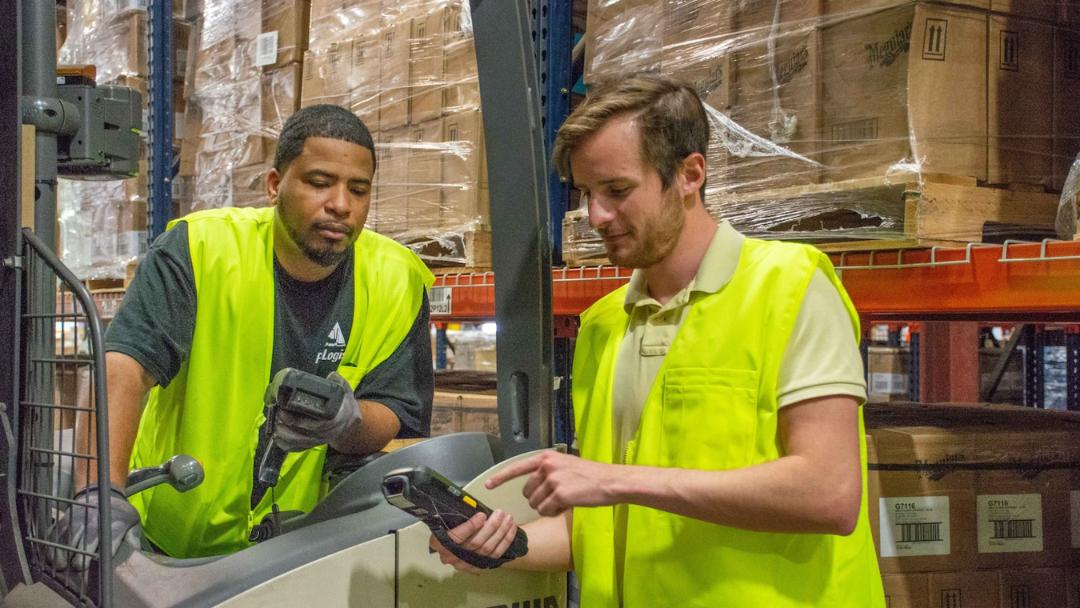As a logistics leader, you need to know what you have, where it is, where it's going and when it'll be replenished. Seamless storage and transport—not to mention well-priced assets—rely on these questions being answered. Inventory software developer Cin7 estimates that inventory accounts for 15% of a typical public company's value. For those with fewer fixed assets, that can rise to 40%. Bad inventory control not only cuts into your profit—forcing markdowns, missed schedules and an eroded reputation—but leaves the business in a murky position for valuation.
So whether you're dealing with your own goods and materials or the assets of another, you cannot let inventory hang in the dark. However, you may wonder how to start doing more today. We have several ideas for improving inventory management throughout your warehouse or storage facility.
Organize your warehouse around particular stock
Location truly matters when it comes to inventory control. Your logistics environment has limits; some materials can easily become lost or overlooked in a rush of new arrivals. That's why it's vital to place your most popular, fast-moving stock where anyone can reach it, as near as possible to a weighing apparatus. Rotate seasonal stock so your key goods and materials are always at the front.
Meanwhile, consider cross docking—the practice of unloading stock from one vehicle and immediately loading it for delivery in another. This is great for products with a short shelf life or processing deliveries from several suppliers. Cross docking speeds up your turnaround, but of course rests on watertight management and visibility.
Use pit-mounted and pallet truck scales
Slow and inaccurate scales won't tip profitability in your favor. It's crucial to invest in advanced weighing methods. They will help you manage transport costs, not only for the vehicles required for the core materials' weight but their packaging too. For example, Priyank Srivatsava, an international sales manager, states that 40-60% of shipping cartons are too big for their contents.
Avoid additional shipping charges or spatial concerns by opting for two kinds of scales: the pallet truck, and the pit-mounted scale. The first lets you weigh a large number of items at once, maneuvering around a potentially tight workfloor; the latter lie on the ground, even in limited space, waiting for scaling duties in the same location.
Integrate inventory software with Point Of Sale (POS)
Automated assistance is de rigueur for a competitive logistics business. But have you explored the potential of combining inventory management tools with POS reports? Their union offers the best, real-time view of what stock is being ordered, how much profit it's generating, and when you're approaching a reorder.
The more you use integrated inventory and POS automation, the sharper you'll spot trends across certain items and their value to your bottom line. This makes it easier to plan ahead. You can accelerate purchasing orders, gaining more confidence in the worth or toll of the assets you're dealing with.
Need help staffing your warehouse?


